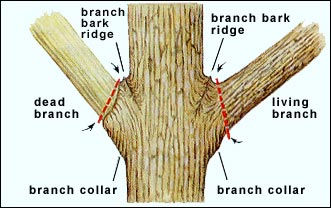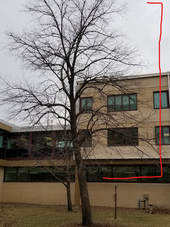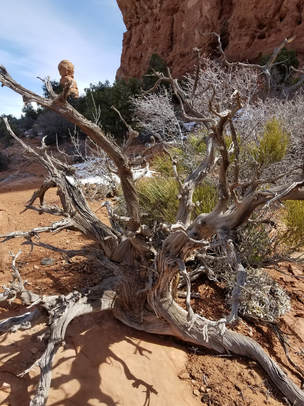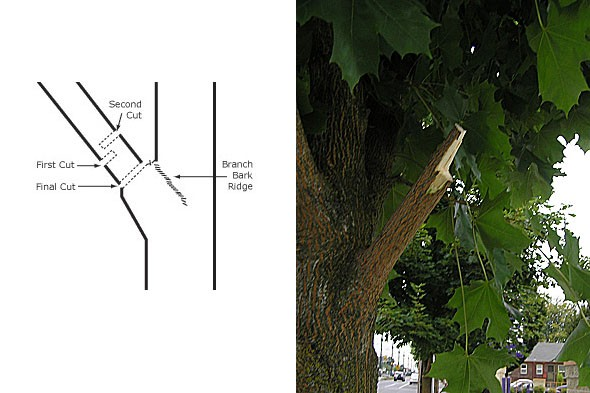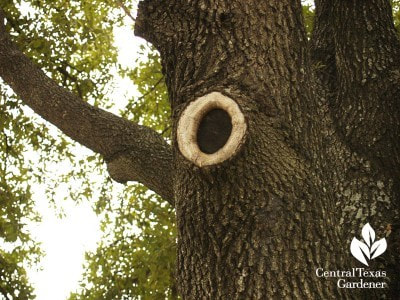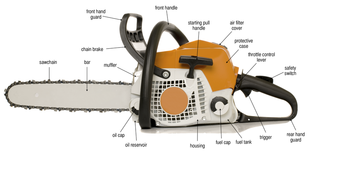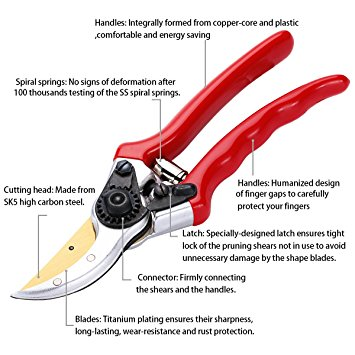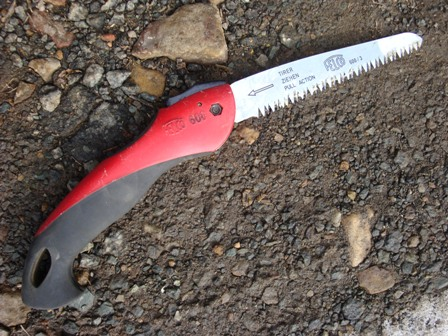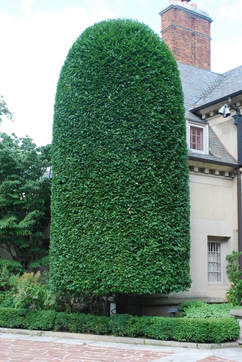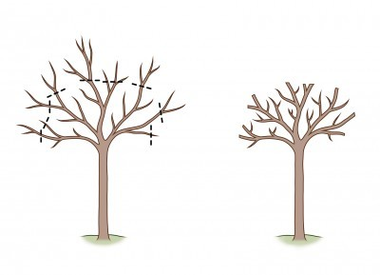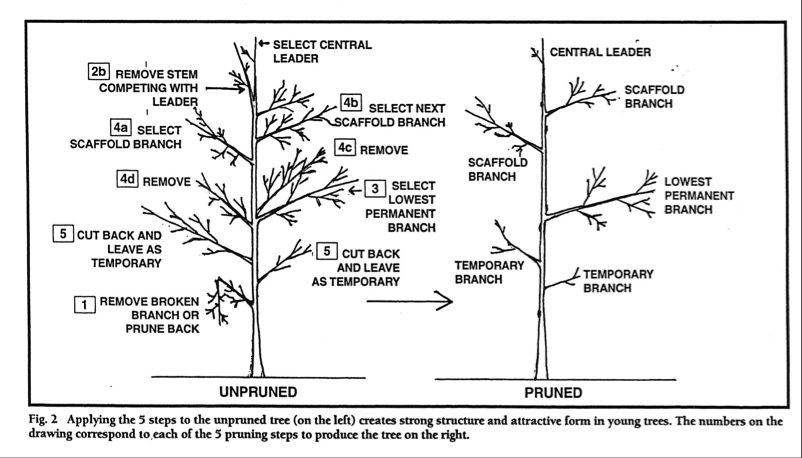web page by Tristan Mahler, 2018
getting started
Pruning Strategies!
|
Crown Lifting
This can be useful if you need clearance in a certain area. such as in a golf course or around streets and boulevards. crown lifting is removing the lower branches on the tree.(1) |
Crown thinning
This strategy focus on removing branches through out the tree. this can lead to better circulation of air and allow additional light penetration. you should focus on removing thinner branches and avoid pruning long thin branches lower in the crown.(1) |
Crown Reduction
This strategy may be beneficial if you do not have a large space for your tree, or perhaps its underneath an obstacle. this should only be done when necessary due to the large wounds this method results in.(1) |
basic impacts of pruning a tree
|
The basic impacts that pruning has on a tree. as your remove branches with leaves or needles you are reducing the amount of photosynthetic material on the tree. its always important to note that your should never remove more then 25 percent of the trees crown at one point of time. the best times to prune a tree is early in the season of spring as the tree comes out of being dormant. this will allow the tree to put on wound wood fairly quickly.(3)
Figure 3(to the right) shows the cutting method known as the 3 cut method. this method is used to avoid the branch from tearing out and causing a much larger wound.(4)
|
According to ANSI A300 pruning standards ―” A pruning cut that reduces the length of a branch or parent stem should bisect the angle between its branch bark ridge and an imaginary line perpendicular to the branch or stem”. (source 7, p. 80). Here is an image to use as a guide.
|
Tools you may need for pruning!
Chainsaw's
Safety requirements according to ANSI Z133.
|
Pruning sheers
Pruning sheers are used to prune off small limbs or twigs. Always be careful of the cutting blade as they are very sharp. Clean blade between cuts to ensure no spread of disease and to follow the proper pruning strategy’s. such as not cutting into the branch collar
|
Handsaw's
The hand saw has a plethora of uses and can prune branches or limbs that maybe to large for the pruning shears. Hand saws also let you be more accurate then you would be with a chainsaw and may allow you to get into and prune around a tight area that a chainsaw couldn’t get to. As mention before it is important that you use the 3 cut method with limbs as to avoid tear out’s. the blade is very sharp, so if transporting it is important to have a case or to fold the blade up to avoid an incident.
|
information on specialty pruning techniques
Espalier
Espalier dates back to the time of the Egyptians'. espalier is simply trimming back branches so they all line up on one plane. they tend to grow along a fence for support and often can fit in smaller areas do to there thing shape.
The Equipment you will need for this method is gloves, pruning shears, loppers and saws, and rubber plant ties. there will be two major times you will prune with this method. 1st in the winter, this will This will allow growth and bud production in the spring. 2nd You will prune in late spring/summer to create your tree “shape”; as it grows, you will be able to train the branches to follow the pattern you want. (9) examples of espalier(10)
|
Topiary
This method is trimming a tree or shrub into a whimsical shape such as an animal or shape. you can buy pre-made topiary's but they range from 250.00$-1000.00$ (11) tools you will need Pruning shears, Chicken wire, wire cutters, Sphagnum moss, Fishing line, Floral tape Dental floss, Fertilizer, and Stakes.
next are the steps for making your very own topiary!
|
Heading back
This method is often used to control the size of tree, and allow sunlight and air to penetrate to the interior branches. Heading cuts are intended to encourage new side growth and discourage the main stem from growing longer. This is why it helps control size as the plant becomes more dense and not larger. these cuts should be made about a fourth of an inch above the bud which indicates which direction the growth will be. its best to perform heading cuts on newer branches, as the wound will be very small.(12)
diagram for heading back cuts(12)
|
Developmental and Structural pruning
this is often the most import part of pruning in a tree's life. The best timing for this method is when the tree is young. This is because the tree tends to grow faster and the limbs are much smaller so they are easier to remove. Using this method allows one to influence the strength of the tree in the future.The ultimate goal is to encourage a strong central leader and to have appropriately spaced scaffold branches. (13)
scaffold branches are the main branches that form the trees main canopy.
The purpose of Structural pruning is the pruning of a young tree to provide a desirable and stable form at maturity. (source 14, pg.1)
In nature trees tend to respond to their surroundings, which would commonly be in a forest with competition. This competition comes in the form of shade provided by other trees resulting in the tree selecting limbs by their sun availability. in our urban environment this isn’t usually the case. This is why we prune the trees or assist them in a certain way of growth. The crown of trees in an urban environment is exposed to full sun which in return results in a more complex crown. (source 2, pg.1)
Techniques for structural pruning.
In nature trees tend to respond to their surroundings, which would commonly be in a forest with competition. This competition comes in the form of shade provided by other trees resulting in the tree selecting limbs by their sun availability. in our urban environment this isn’t usually the case. This is why we prune the trees or assist them in a certain way of growth. The crown of trees in an urban environment is exposed to full sun which in return results in a more complex crown. (source 2, pg.1)
Techniques for structural pruning.
- Maintain a single central Stem/Leader.
- This single stem should be maintained for half of the eventual mature height of the tree to ensure a strong leader.
- This varies from species to species and location
- Branches should never be larger than 50 % of the main stem
- If this happen the branch should be thinned or reduced to slow growth or known as subordination
- To subordinate a limb, it should be pruned by at least 50 % to slow growth
- When selecting branches to remove, pick the branches that have a narrow or weak attachment (these are prone to failure)
- It is important to maintain a live crown ratio of 66 % (LCR).
- (source 14, pg.2-4)
Hiring an arborist
it is important to higher a well trained arborist, preferably one who ISA certified. An ISA certification states “is an individual who is trained in the art and science of planting, caring for, and maintaining individual trees.it is important to higher a well trained arborist, preferably one who ISA certified. An ISA certification states “is an individual who is trained in the art and science of planting, caring for, and maintaining individual trees.
- Arborists can determine the pruning necessary to improve health of the desired tree These include
- Interfere with utilities or structures
- Obstruct streets
- Arborists specialize in tree care and are very knowledgeable
- An arborist with a license to work in and around power lines may be required.
- Arborist provide a variety of other services such as
- Soil aeration
- Install lighting prevention systems
- Legal case’s
- Arborist will be the most experienced to deal with the tree care but the decision shouldn’t be made lightly as they can vary in expenses.
References
1. Lawn care, R. D. (2017, July 27). What Is Pruning? A Complete Guide to Pruning Your Plants. Retrieved February 08, 2018, from https://www.abchomeandcommercial.com/blog/what-is-pruning/
2. Mahler, T. G. (n.d.). Tree project. Lincoln.
3. Man, G. (n.d.). ANSI A300 standards. Retrieved from http://www.urban-forestry.com/assets/documents/Mann_ANSI 300Updates.pdf
4. (n.d.). Retrieved April 05, 2018, from https://www.google.com/search?q=3 cut method for removing a tree limb&client=firefox-b-1&source=lnms&tbm=isch&sa=X&ved=0ahUKEwj8x5eDjqLaAhULbKwKHSscDhoQ_AUICigB&biw=1252&bih=600#imgrc=_CMf5GkX3WNWsM:
5. Robinson-Sleutel, H. (2014, May 07). Narrow Water. Retrieved from https://www.pinterest.com/pin/114419646757963390/
6. file:///C:/Users/TRISTA~1/AppData/Local/Temp/ChainSawBasics_pt1.pdf, canvas artile provided by Eric North University of Nebraska professor.
7. Basic, M. (n.d.). ANSI z133 saftey standards. Retrieved from file:///C:/Users/TRISTA~1/AppData/Local/Temp/ANSI_Z133_2017.pdf\
8.How To Prune Trees - Part 3. (n.d.). Retrieved from http://www.renovation-headquarters.com/tree pruning 3.htm
9. What are Espaliered Fruit Trees? (n.d.). Retrieved March 24, 2018, from https://www.starkbros.com/growing-guide/article/what-are-espalier-fruit-trees
10. How To Prune Trees - Part 3. (n.d.). Retrieved from http://www.renovation-headquarters.com/tree pruning 3.htm
11. How to Trim Topiaries. (n.d.). Retrieved March 24, 2018, from http://homeguides.sfgate.com/trim-topiaries-21759.html
12. arroll, J. (2015, June 15). Types Of Pruning Cuts – What are Heading Cuts And When Should It Be Done. Retrieved March 24, 2018, from https://www.gardeningknowhow.com/ornamental/shrubs/shgen/heading-cuts-in-pruning.htm
13. Pruning. (n.d.). Retrieved April 05, 2018, from https://www.treesbywoods.com/pruning.html
14. Fraedrich, B. R. (n.d.). Structural Pruning of Young Trees. Retrieved from https://www.bartlett.com/resources/Structural-Pruning-of-Young-Trees.pdf
15. I. (Ed.). (n.d.). Why hire and arborist. Retrieved from http://www.treesaregood.org/portals/0/docs/treecare/hire_arborist.pdf
